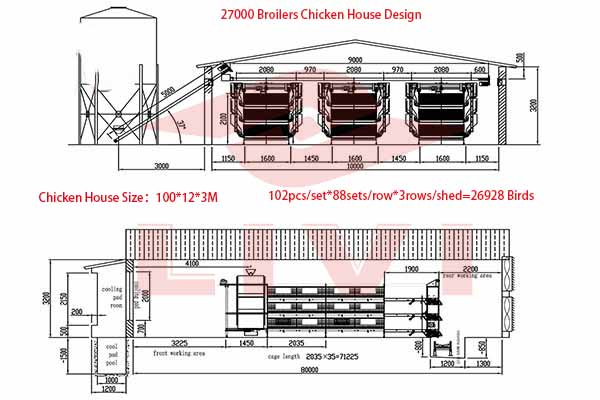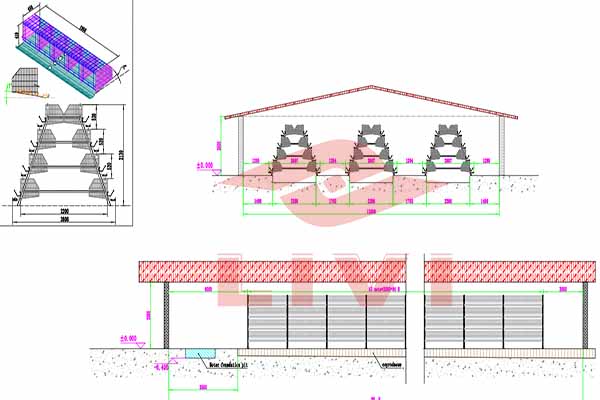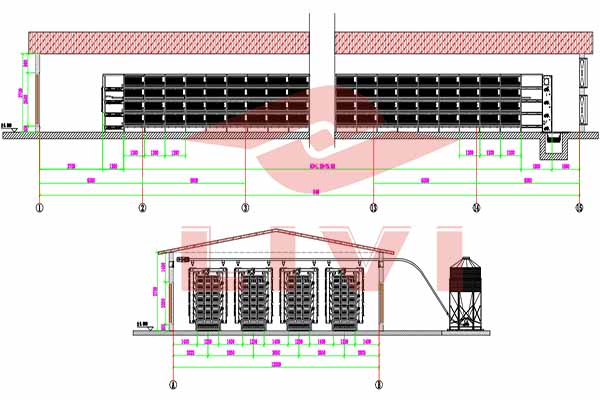The Role of Automation in Future Poultry Farming
As the poultry industry continues to evolve, automation plays a crucial role in enhancing efficiency and sustainability. With advancements in technology, automation has become an integral part of modern poultry farming. This article explores the various aspects of automation in the poultry industry and its potential impact on the future of farming.
1. Enhanced Efficiency and Productivity
Automation has significantly increased the efficiency and productivity of poultry farms. From feeding to monitoring health, automation systems ensure that tasks are performed accurately and consistently. According to a report by the FAO, automation can increase productivity by up to 20%.
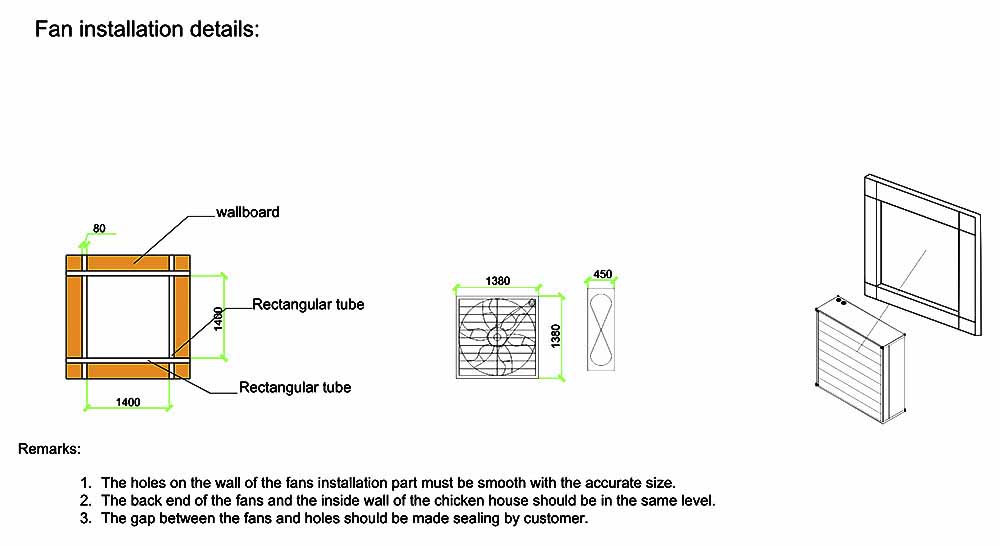
- Feeding Systems: Automated feeding systems ensure that chickens receive the right amount of feed at the right time, optimizing growth and health.
- Environmental Control: Automation systems maintain optimal temperature, humidity, and CO2 levels, creating a comfortable environment for chickens.
- Health Monitoring: Automated health monitoring systems can detect early signs of disease, allowing for timely intervention and minimizing losses.
2. Cost Reduction and Resource Efficiency
Automation not only increases productivity but also reduces costs. By automating repetitive tasks, poultry farms can reduce labor costs and improve resource efficiency. Additionally, automated systems use less energy and water, making them more sustainable.
| Cost Component | Reduction Percentage |
|---|---|
| Labor Costs | 15-20% |
| Energy Consumption | 10-15% |
| Water Usage | 5-10% |
3. Improved Animal Welfare
Automation allows for better control over the living conditions of chickens, ensuring their well-being. Automated systems can provide appropriate lighting, temperature, and humidity, reducing stress and promoting healthy growth.
4. Data-Driven Decision Making
Automation systems generate vast amounts of data, which can be used to make i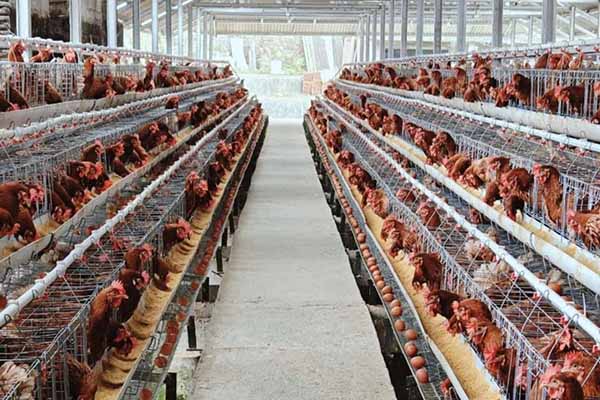 nformed decisions. By analyzing this data, poultry farmers can identify trends, optimize processes, and improve overall farm performance.
nformed decisions. By analyzing this data, poultry farmers can identify trends, optimize processes, and improve overall farm performance.
“Implementing automation on our farm has allowed us to make data-driven decisions, resulting in a 25% increase in productivity,” says John Smith, a poultry farmer from Iowa.
5. Future Prospects
The future of poultry farming is bright, with automation continuing to play a vital role. As technology advances, we can expect even more sophisticated automation systems that will further enhance efficiency, reduce costs, and improve animal welfare.
Stay ahead of the curve and explore the poss ibilities of automation in your poultry farm. Contact us today for a free poultry farming design and equipment quote from LIVI Machinery.
ibilities of automation in your poultry farm. Contact us today for a free poultry farming design and equipment quote from LIVI Machinery.


